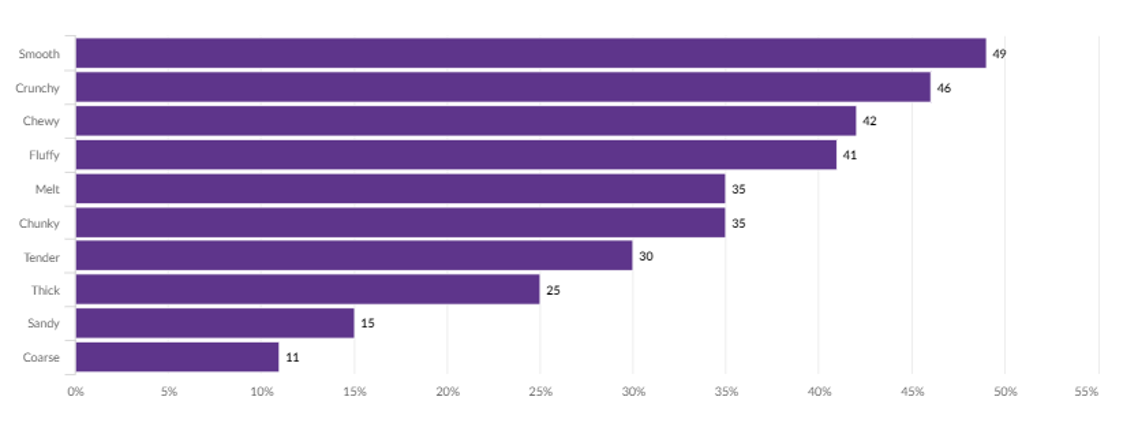Comfort Food
Food as our rediscovered form of comfort
THE RIGHT TIME TO EXPERIENCE COMFORT THROUGH FOOD
Food has always been a form of pleasure. We acknowledge this with our 2020 consumer trend “Live Intense”. In this trend we highlight the importance of multi-sensory food experiences and have identified the following three sub-trends:
- #foodporn: A widely used hashtag to share indulgent and intriguing food experiences on social media which has been picked up by food and beverage manufacturers. With a variety of colors, textures and tastes, it goes without saying that these products provide a pleasantly surprising multi-sensory experience.
- Attention: To be able to provide the experience, you need to first fight for the attention. In times when consumers face an information overload, creative ways to attract consumer attention like gamification, pop-up events, limited offers and show cooking with “rock star chefs” have started to emerge.
- World foods: So far, travelling has increased steadily. In addition to consumers getting used to broadening their horizons when it comes to food and beverages, they also want to discover new things when they are at home – even more so during times of lockdowns or travel restrictions because of COVID-19. Besides Japanese cuisine being in the spotlight, other emerging cuisines this year have come from Central Asia and Africa.
Food as an experience and a source of pleasure is nothing new. However, given the current situation of lockdowns and restrictions in our daily lives because of COVID-19, this topic has been receiving even more attention among consumers. The external uncertainty of a global pandemic coupled with an economic crisis, has led to feelings of stress and anxiety among many. In addition, spending more time at home than usual can also lead to boredom.
In this article we explore comfort food and how it is used to deal with stress and anxiety. There are lots of opportunities for food manufacturers, retailers and food service operators to tap into this opportunity.
What is Comfort Food?
According to the Cambridge Dictionary, comfort food is defined as “the type of food that people eat when they are sad or worried, often sweet food or food that people ate as children”. This means that it is a very individualized concept, and everybody has his or her own definition of comfort food.
Some food categories such as ice cream, confectionery, savory snacks and desserts are being perceived as more suitable forms of comfort food. However, what they have in common is that when consumers seek comfort in food, they usually do not pay attention to their caloric intake or the nutritional value of the food products they consume. During COVID-19, 56% of consumers globally have bought more comfort food compared to pre-COVID-19 levels of purchasing. In the Americas, this consumer segment is even higher at more than 60% (Source: FMCG Gurus).
Therefore, these are several dimensions of comfort food to explore:
- Snacking: Being at home a lot more than usual causes consumers to look out for snacks for a nice break or distraction in between. Snacking products for in-home consumption are on the rise.
- Indulgence: It nearly goes without saying that indulgence is a major element for comfort food. You want to allow yourself an enjoyable and indulgent moment.
- Affordable treats: Especially during the current uncertain times and a global recession ahead of us, it is key that the treats are not just indulgent, but also affordable.
- Nostalgia: As mentioned in the definition, comfort food often reminds us of food from our childhood. Nostalgia is thus an interesting element to explore here, which needs to be highly tailored to the local market as traditional dishes vary from country to country and sometimes even differ from one region to another within a country.
- Texture: Interestingly, texture also plays a role in comfort food. Consumers associate some textures with comfort food more than others. For example, 49% of Chinese consumers associate a “smooth” texture with comfort food. Thick, sandy or coarse textures are considered the least connected to comfort food. (Source: Mintel)




